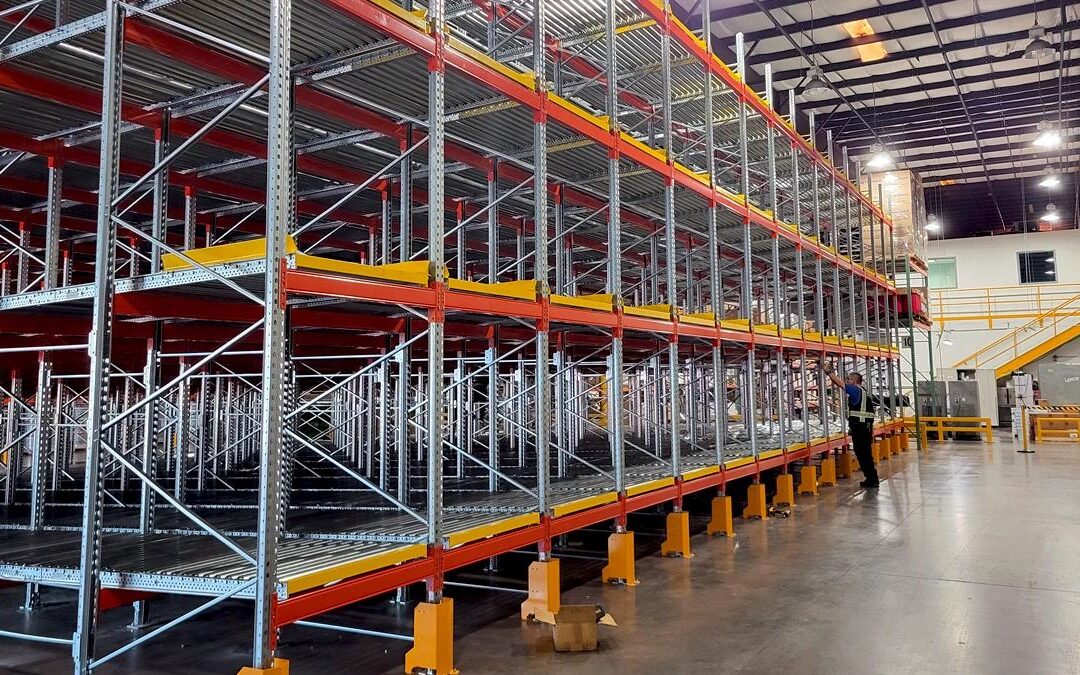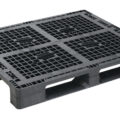In a context where every square meter of warehouse or distribution center represents a high cost, especially in densely populated urban areas, Automated Storage and Retrieval Systems (ASRS) are consolidating as a key solution. These technologies allow to maximize the available space and accelerate inventory management, offering fast and accurate access to products of different sizes, from full pallets to individual pieces.
Its main advantages include higher storage density, accuracy in picking, increased warehouse performance, reduction of occupational hazards, modular scalability, and product protection against damage, dust, or theft.
ASRS are classified according to the load they manage:
- Unit load systems: pallets and bulky items up to 3,500 kg.
- Mini load systems: medium items in boxes or trays up to 250 kg.
- Micro load systems: small and light parts up to 45 kg.
Regarding technologies, there are four major types:
- Stacker cranes: ideal for narrow aisles and heights up to 50 meters, with applications in pallets and boxes.
- Shuttle systems: autonomous vehicles that operate on multi-level shelves, with high density and speed.
- Robotic cube storage (e.g., AutoStore): robots that manipulate containers stacked in grids, with the highest picking density per square meter.
- AMR-based systems: fleets of mobile robots that transport racks to workstations, without the need for fixed infrastructure.
The choice of the right ASRS depends on multiple factors: product type, warehouse design, throughput capacity, storage density, initial and operational investment, environmental conditions, and compatibility with management software (WMS/WCS).
Finally, specialists recommend turning to automation experts to adapt the system to the specific needs of each logistics operation, ensuring its integration with picking, replenishment, packaging, and shipping processes.









